Generation Blessed
by+Xuan+Kang
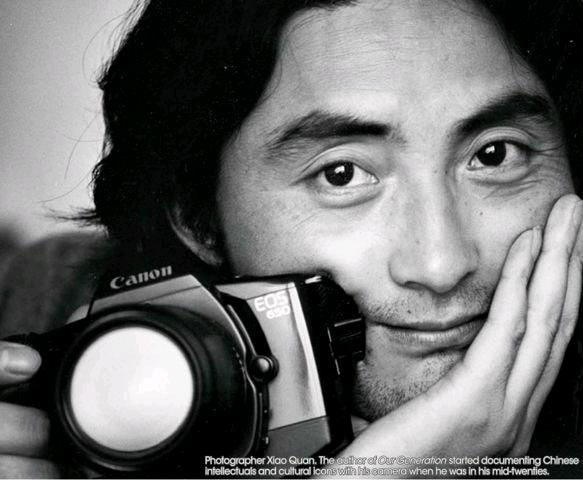
After remaining closed through most of the 1970s, China entered the 1980s fresh and new. For Chinese intellectuals and artists, the 1980s were romantic and exciting: Obstacles binding their hands and feet had melted, and everything seemed fresh, as rock music, contemporary art, underground press and poetry societies sprouted up. However, this “golden age” of art didnt last long. By the 1990s, after the further development and maturity of the market economy, money came to power. In the spring of 1992, Deng Xiaoping made his famous southern tour of China, stressing the importance of economic reform. With more Chinese abandoning their “iron bowls” to venture into business, the public no longer felt ashamed to talk about money. They no longer read or discuss philosophy as much as they did in the 1980s, as various forms of new entertainment replaced poetry, novels, and literature. And art began mingling with commerce.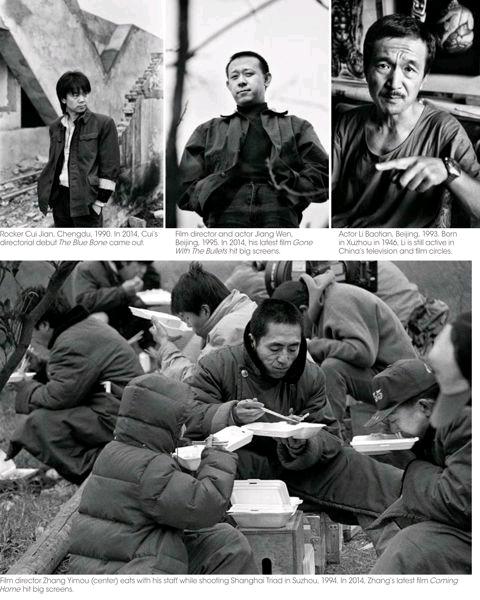
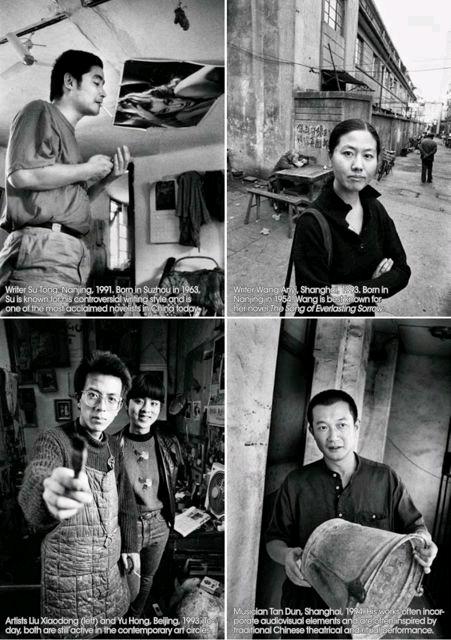
Many people recorded Chinas drastic changes over these years in their own ways, as did Xiao Quan. Now 55, he started shooting Chinese intellectuals and cultural icons during the 1980s when he was in his mid-twenties. The people he photographed were mostly born in the 1950s and 60s, and became famous in the 1980s and 90s, such as film director Zhang Yimou, actor and director Jiang Wen, director Chen Kaige, rocker Cui Jian, dancer-choreographer Yang Liping, and Taiwan-based novelist and writer San Mao. Images of such figures flavored with strong features of the era compose Xiaos album Our Generation, which was first published in 1996. In late 2014, the albums third edition was released, testifying to the continuing relevance of groundbreaking Chinese artists of a critical era.
Xiao spent the decade spanning from 1986 to 1996 conducting interviews and snapping pictures for Our Generation, an era when drastic change was taking place in China. Since China implemented reform and opening-up policy in 1978, the country has witnessed rapid economic development as well as accelerated philosophical and cultural emancipation. Various forms of art, includ- ing poetry, music, movie, and painting, were revived and developed at breakneck speed. Xiaos documentation of Chinese intellectuals and artists of that time highlights the unique features of respective subjects. In ordinary everyday scenes, his subjects all feature expressions screaming “I am the one” yet with reverence to acknowledge “I am lucky to be in this era”, rejoicing and humbled at the same time. Xiaos works are irreplaceable social documentation. In this issue, we compiled some of Xiaos subjects who were young and energetic rising stars when he interviewed them, and who remain active titans in Chinas literary and artistic circles today. In Xiaos lens, director Zhang Yimou shouts “cut”at a film shoot, with his mouth wide open. Rocker Cui Jian poses rebelliously. Sculptor Fang Lijun laughs aloud, with his upper body completely exposed - mimicking his sculptures. In 2014, Zhang Yimous latest film Coming Home reached big screens and became a box office and critical hit. Although Cui Jian seldom releases music anymore, his directorial debut The Blue Bone was released in 2014. Fang Lijun is still considered one of the most important figures in Chinese contemporary art, and his work continues to maintain integrity of both the traditional and modern era with an eye on tomorrow.
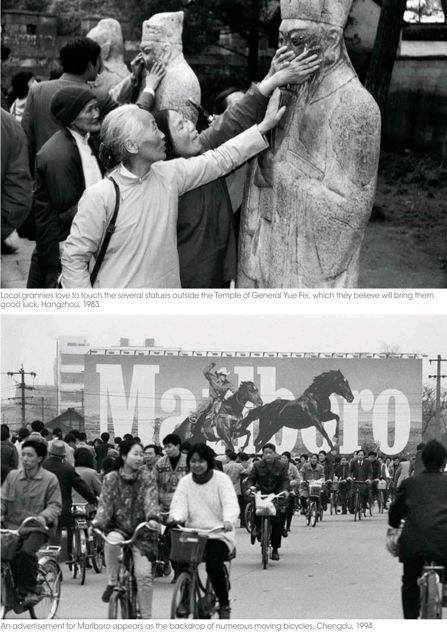
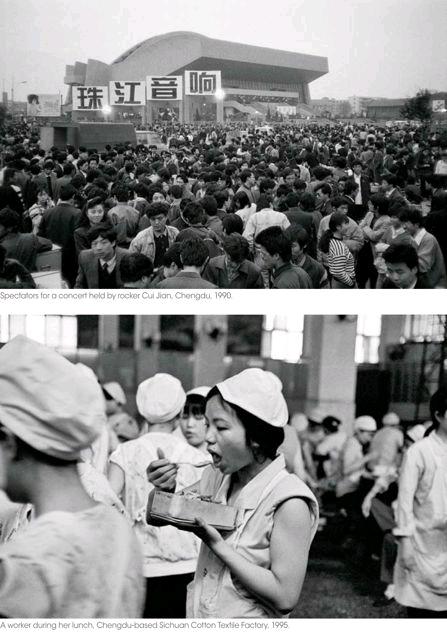
In December 2014, a symposium consisting of some of the countrys most renowned authors, actors, screenwriters and dancers was held in Beijing. At the symposium, Chinese President Xi Jinping declared art and culture indispensable contributors to the Chinese dream of national rejuvenation, adding that good art can be intellectually and artistically profound as well as popular in the mainstream. The drive for art and culture to play a greater role in Chinas modernization was sparked by the generation recorded by Xiao, but its flames must be fueled by generations to come.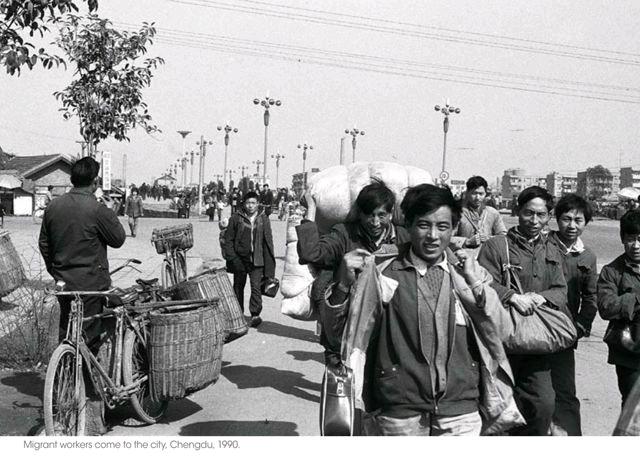
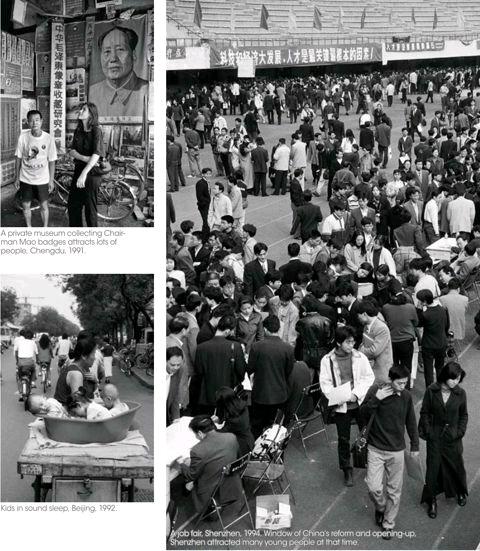
China Pictorial2015年2期
